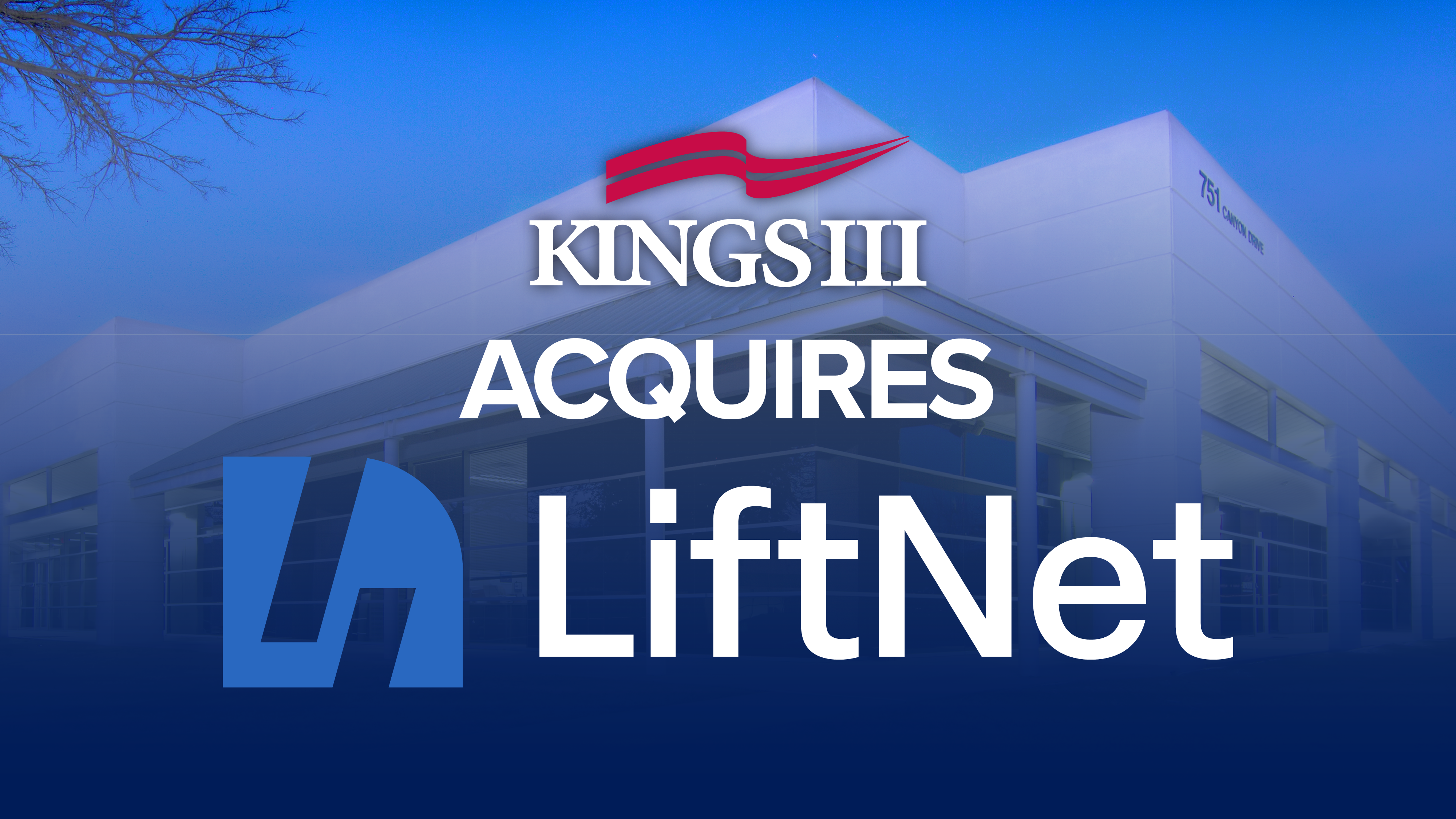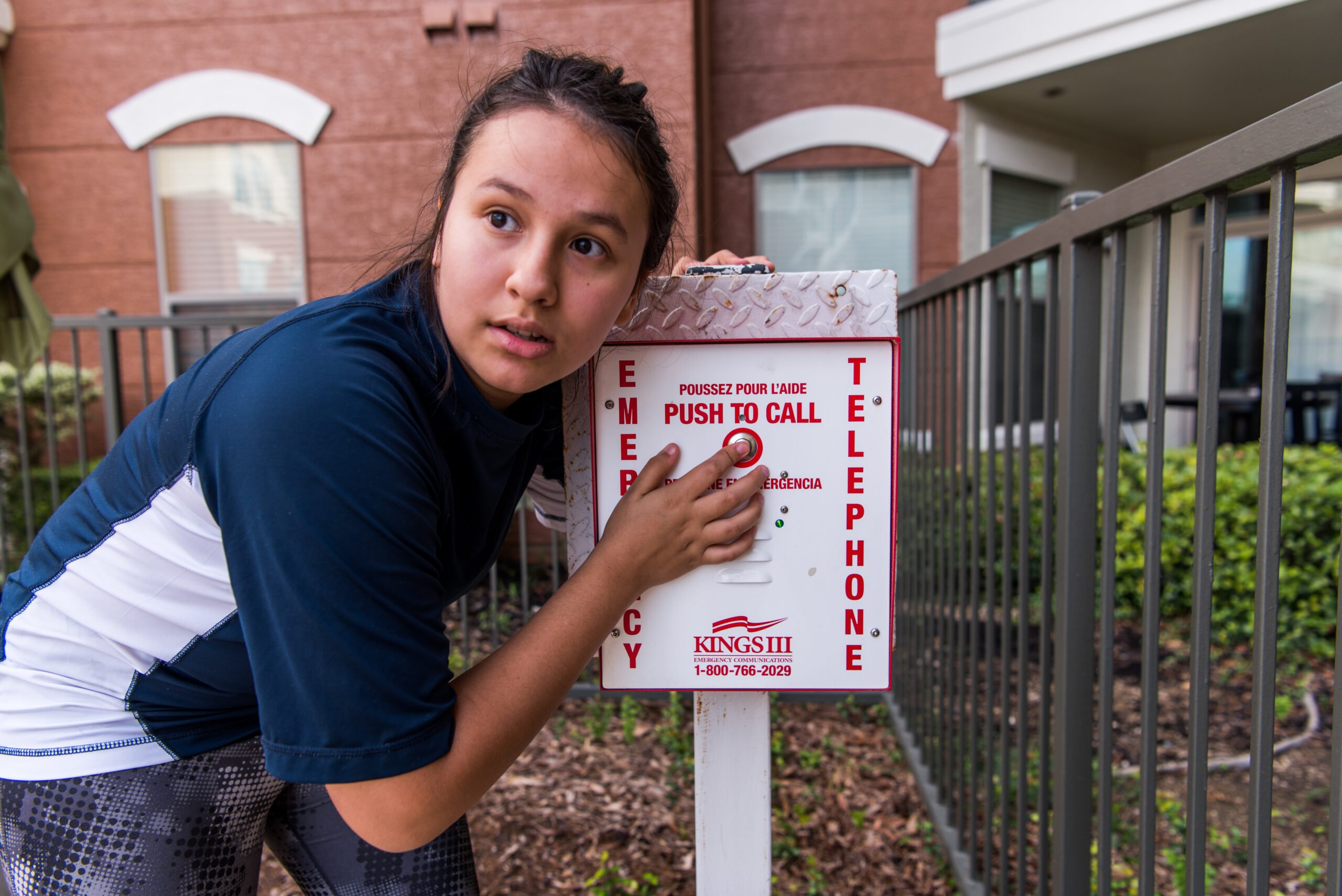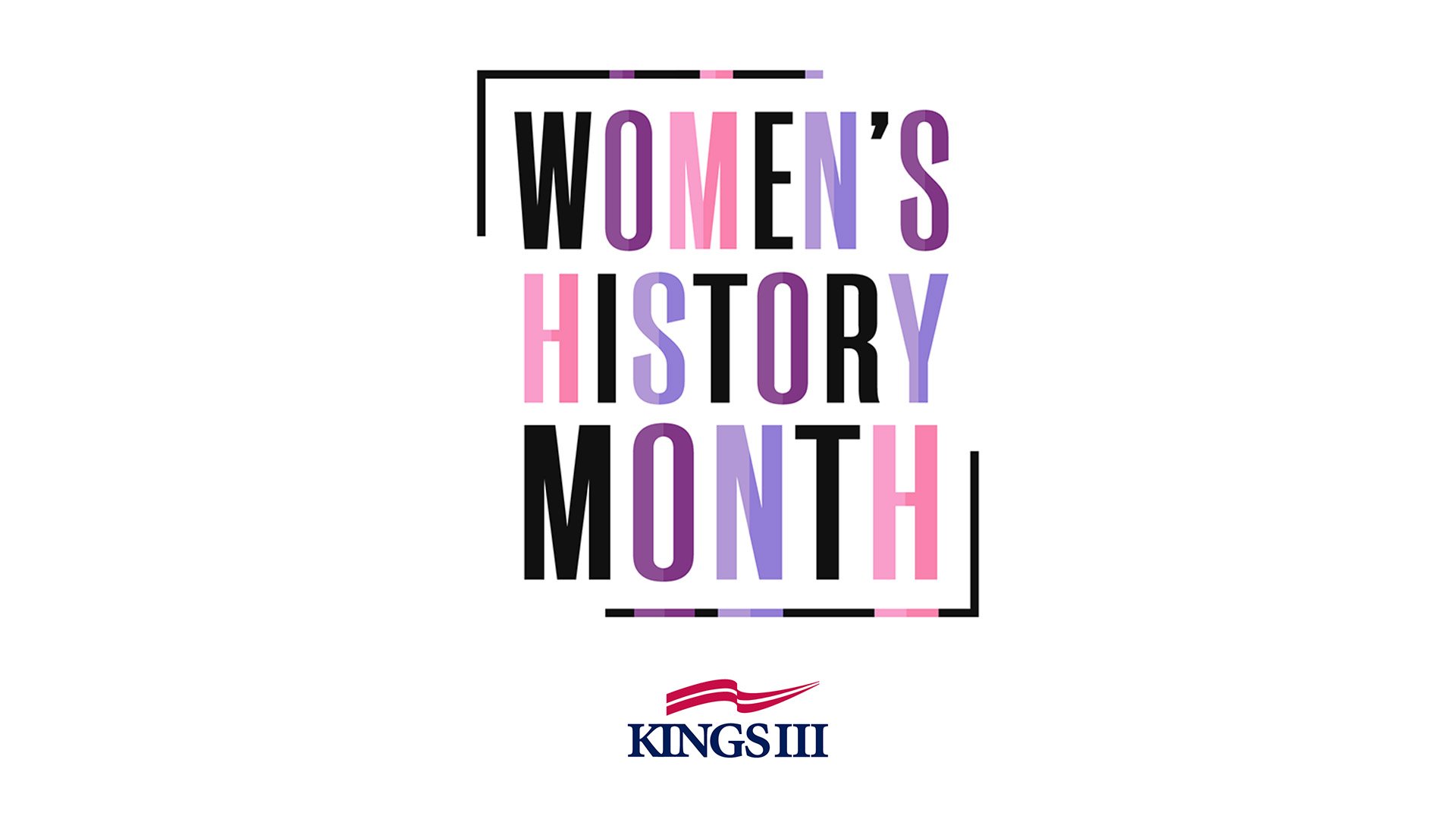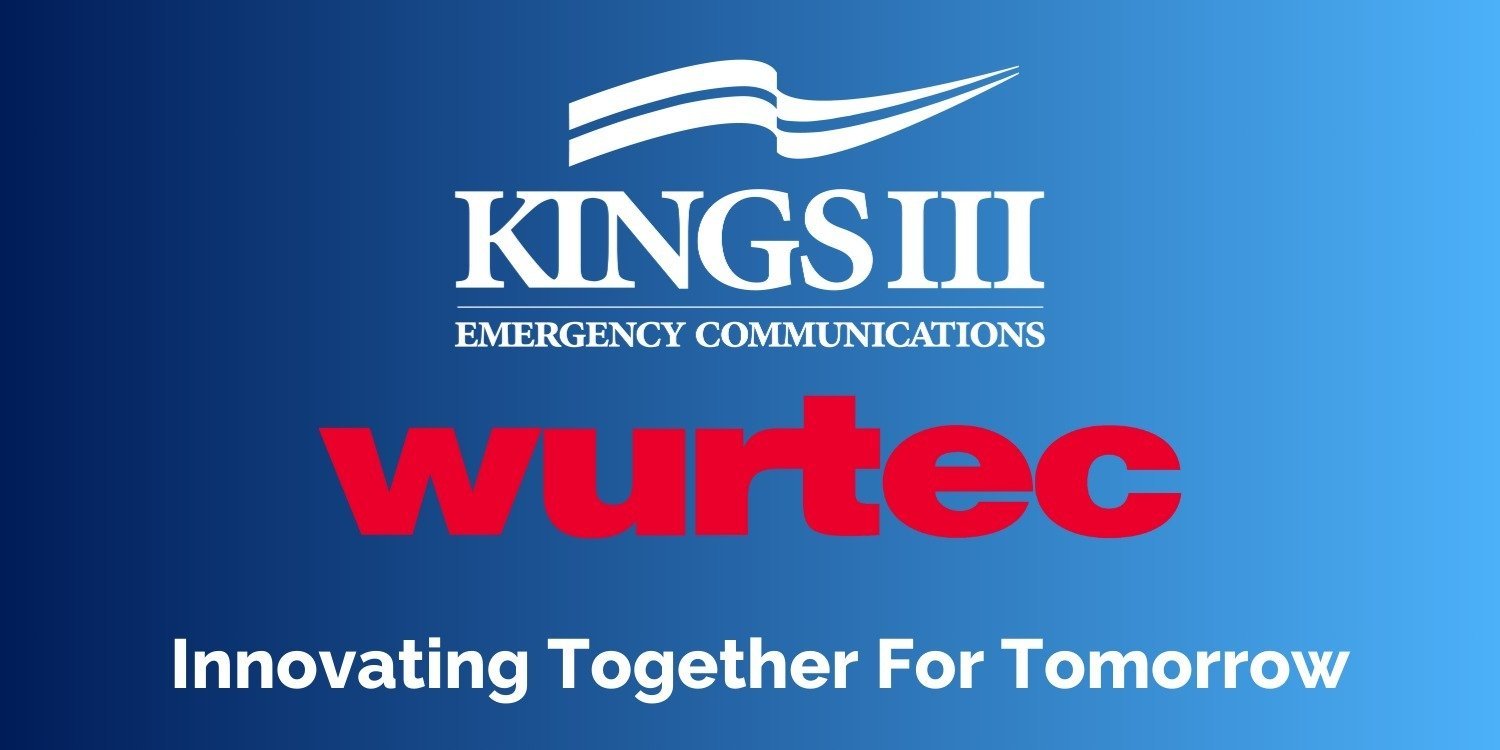BLOG CATEGORIES
How Our Emergency Communications Center Handles Entrapments
How does an emergency communications center actually handle an elevator entrapment? This blog post walks you through an actual recording of an elevator entrapment that occurred and the procedure that Kings III goes through to take care of it.
In this month’s highlight video from our Emergency Dispatch Center (EDC), we look at one of the more routine emergency communications calls that we receive, an elevator entrapment. While there is no definitive statistic on the number of elevator entrapments in the United States each year, as the video above states, there are around 900,000 elevators in the United States, with each serving an average of 20,000 people a year. Given this high-volume number, entrapments are a far more likely occurrence than anyone generally suspects or would like them to be. When you think of an elevator entrapment call, you might not even consider it an emergency communications call, but believe it or not, people generally hate getting stuck on elevators. How your property handles the unwanted and unexpected situation when it arises makes a huge impact on the people frequenting your building. As we walk through this video, you’ll see exactly how we handle this type of emergency communications call.
Find out how to improve safety and reduce costs at your property
Our best-in-class emergency phone + monitoring solutions provide peace of mind and are backed by decades of expertise
Learn More
2024 ELLIES WINNER
Best Supplier -
Communication System
When a Kings III emergency communications dispatcher answers the phone, they immediately gather all necessary information that they need to take the appropriate measures towards getting the entrapped person(s) help as quickly as possible. As seen later on in the video, we will already have some of the pertinent information, such as what building the elevator is in, which elevator cab is stuck and the city and state that they are in, as all this information is gathered during the Kings III setup and installation process. The important questions to ask are situational ones: whether immediate medical attention is required, the amount of passengers in the cab, whether the lights in the elevator are working, etc. This allows the dispatcher to provide any immediate help based on the information that they have heard as well as get the necessary details to the appropriate parties listed on our call list and the building manager.
As heard in the video, the woman stated that she didn’t need any immediate medical attention but would soon if she didn’t get out. While she may not have been entirely serious in this situation, it is not uncommon for elevator entrapments to cause panic attacks among cab passengers, turning the situation into something you might more typically think of in an emergency communications calls. This is where the Advanced Emergency Medical Dispatcher (AEMD) and Red Cross CPR certifications held by all of our dispatchers are extremely important. As most emergency communications centers will do, they will immediately dispatch EMS the appropriate direction, but in addition to that, they are able to walk passengers in distress through the process that they are dealing with and coach them in taking steps to alleviate the situation until help arrives. This can prove invaluable in the event of an emergency.
The next step we hear our emergency communications dispatcher take on the phone with the entrapped passenger is to let her know that she will be alerting the appropriate individuals in order to send help her way, at which point the passenger states that she doesn’t want to get off the phone, as she has no way of notifying anyone else that she is stuck. Our emergency communications dispatcher offers to call someone she knows to notify them that she is trapped , something that takes place often within our emergency communications center. In the case of our particular entrapped passenger in the video, it proves to be particularly useful, as she is able to let the receptionist at her building know that she will be late for a meeting.
The most important aspect that we would like you to take away from this video, however, occurs after all these necessary steps take place. At Kings III, we take great pride in the level of service our emergency operators provide and the special care and personal detail they apply to each call they receive. As you see in this video, the dispatcher does not treat this call as a transaction that is completed once all appropriate measures are taken. She stays on the line with the passenger, engaging in friendly conversation and making sure the passenger feels at ease. It is the moments like these that allow occupants to feel better about a situation that is, at best, an unpleasant interruption to their day. To learn more, visit www.kingsiii.com.
Elevator contractors: think we could provide exceptional service to your customers? Learn about our JV program here.
CATEGORIES TAGGED
ELEVATORS
PROPERTY SAFETY
CATEGORIES
KEEP LEARNING

Kings III Acquires LiftNet, Advancing Connected Safety & Remote Monitoring in Elevators and Escalators
Kings III Emergency Communications partners with Wurtec to enhance elevator video messaging systems, addressing new code requirements for two-way displays and video monitoring. The collaboration combines Kings III's emergency response expertise with Wurtec's industry solutions to provide streamlined, compliant elevator safety communications nationwide.

Is Your Pool’s Emergency Phone Compliant? Here’s How to Check (And What to Do If It Isn’t)
Is your pool’s emergency phone truly compliant and ready when it matters most? A reliable, code-compliant emergency phone is more than a regulatory requirement—it’s a critical lifeline that ensures immediate access to help during emergencies. This guide walks you through how to check compliance, properly test your phone, and take the right steps if it doesn’t meet current standards. Whether you're ensuring your current system is up to code or exploring a more dependable solution, we’ll help you navigate the process and safeguard both safety and liability.

8 Women Who Shaped the Future of Emergency Response & Dispatch
This Women’s History Month, Kings III is honoring the women who have paved the way in emergency response and dispatch. From breaking barriers in EMS to pioneering advancements in emergency communication, these trailblazers have helped shape the way lifesaving services operate today. See eight influential women whose contributions continue to impact the field and inspire future generations.

Honoring Black Pioneers: 7 Influential Figures in Emergency Communications & Response
This Black History Month, Kings III is honoring Black men and women who served as pioneers in the fields of emergency dispatch and emergency response. See 7 influential trailblazers who broke barriers, advanced life-saving technologies, and shaped the way emergency services operate today.

How Recent Spikes in Copper Theft Threaten Your Emergency Communication & What You Can Do About It
Rising copper theft is putting emergency communication systems at risk, leading to potential service outages. Without a reliable backup, property managers may face compliance issues and safety concerns. Learn more about the threat and how a cellular solution can help protect your property.

Is Your Hotel’s Emergency Communication System Up to Code?
Hotel emergency communication systems must meet strict safety and compliance standards, but are yours up to code? From elevator phones to pool and parking lot emergency call systems, we break down key requirements and how to ensure your property stays compliant.

Kings III & Wurtec Partner to Improve the Emergency Communication Market of Elevator Video Messaging Systems
Kings III Emergency Communications partners with Wurtec to enhance elevator video messaging systems, addressing new code requirements for two-way displays and video monitoring. The collaboration combines Kings III's emergency response expertise with Wurtec's industry solutions to provide streamlined, compliant elevator safety communications nationwide.

Updated Elevator Code: Who are my Authorized Personnel?
Confused about who qualifies as "authorized personnel" under the new ASME 17.1 elevator code? Learn why the same authorized staff must monitor all emergency communications—audio, video, and messaging—and why split monitoring solutions won't meet compliance requirements for your building's safety system.

What an Emergency Dispatcher will Most Likely Ask You
When suddenly faced with an emergency, you may immediately feel frightened and helpless. An emergency communications system can help reduce or eliminate those reactions by providing immediate assistance. Here's what you can expect on the other side of a call you place from an emergency phone.




